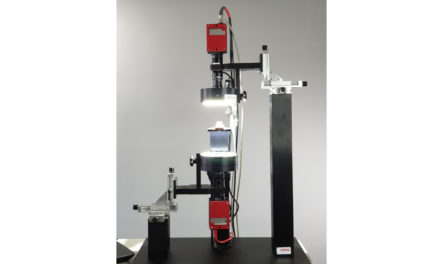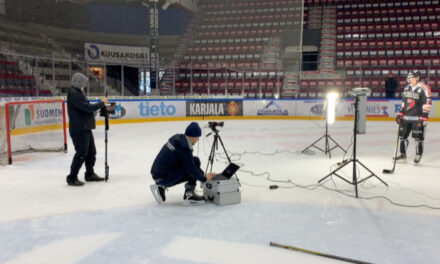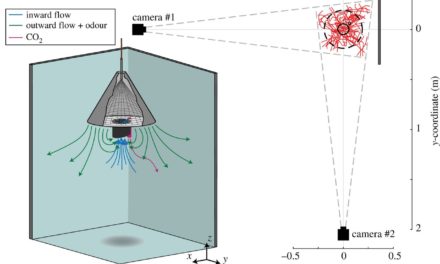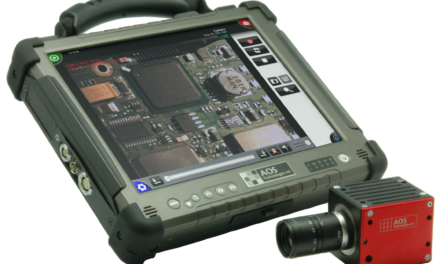Airborne high-speed cameras are capable of recording a variety of data during flight tests. This information is provided to you by the manufacturer at no charge. A common application of high speed cameras is incorporating the camera unit into unmanned aerial vehicles (UAVs). Adapting the camera shape and function is essential to capture accurate and comprehensive data. When aerospace high-speed cameras are well-suited for use with other testing equipment.
Flexible camera design meets many flight test requirements
During flight tests, a camera with the right type of aircraft should be used. All aspects of the camera need to be suited for gathering data from the complex systems of individual aircraft. Each aircraft and flight test has unique requirements. In some cases, the camera must be able to capture live video to be viewed in real time. The design of the camera may require connectors to be installed in a separate environment. Other requirements could include the use of the camera, the camera, the camera, the camera, the camera and the camera. Extra housing for attaching the camera to the aircraft makes it easier to integrate.
Cameras that are semi-customizable can meet the needs of many different flight testing requirements. Each camera operates similarly, but can perform optimally under the particular environmental conditions. Its aesthetic and practical design makes it possible to fit the camera into its compartments on the aircraft. All of these features are only possible with a high level of flexibility in the design. Interface parts that can be fitted with different connectors. With this approach, the camera is capable of meeting the widest range of requirements for flight tests of different aircraft.
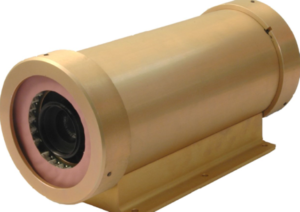
Pre-programmable smart features for automated operation
These cameras can be easily and efficiently operated during a flight test with smart features that allow for automation. Flight engineers can input the image data and operation settings before the test takes place. The camera then takes the images as designated by these settings without the need for manual control. With this ability to take pre-programmed instructions, these cameras allow for accurate and high-quality data collection involving different angles and conditions on any type of aircraft.
Standardizing communication in a network environment
Standards for cameras working in a network provide quality control for downloading and preserving image data. The standards, approved by the IRIG, provide specifications for the camera to communicate to the central control unit where downloaded images are received. Specifically when applied to UAVs, cameras must be able to provide clearly visible live feeds to ground stations and thus have the system infrastructure to support a large data transfers. The images captured by the cameras are large files and their downloads have the potential to interfere with the transfer of other data. Smart algorithms implemented in the camera design allow for optimal image data reception without hindering other aspects of the flight test.
Correlating camera data with other flight test data
The ability to synchronize camera video data with other flight test data is essential for accurate analysis – for example, correlating IRIG-B or GPS signals. The recent standardization of a common data format, IRIG-106, has simplified the exchange of different types of data. This common format allows for flexible use of tools to analyze data and better alignment of measurements from each camera used in the test. Flight engineers can better review and compare data collected, spending less time and resources on conversion.
Aerospace high-speed cameras provide the flexibility, customization and synchronicity needed for capturing accurate and clear in-flight images. Cameras for both manned and UAV applications are a cost-effective way to complete flight tests, as they are designed to meet the requirements of specific aircraft and environments.



